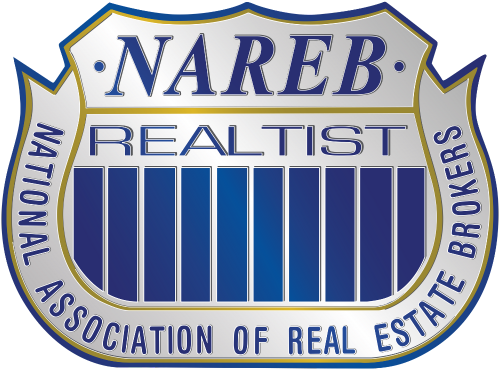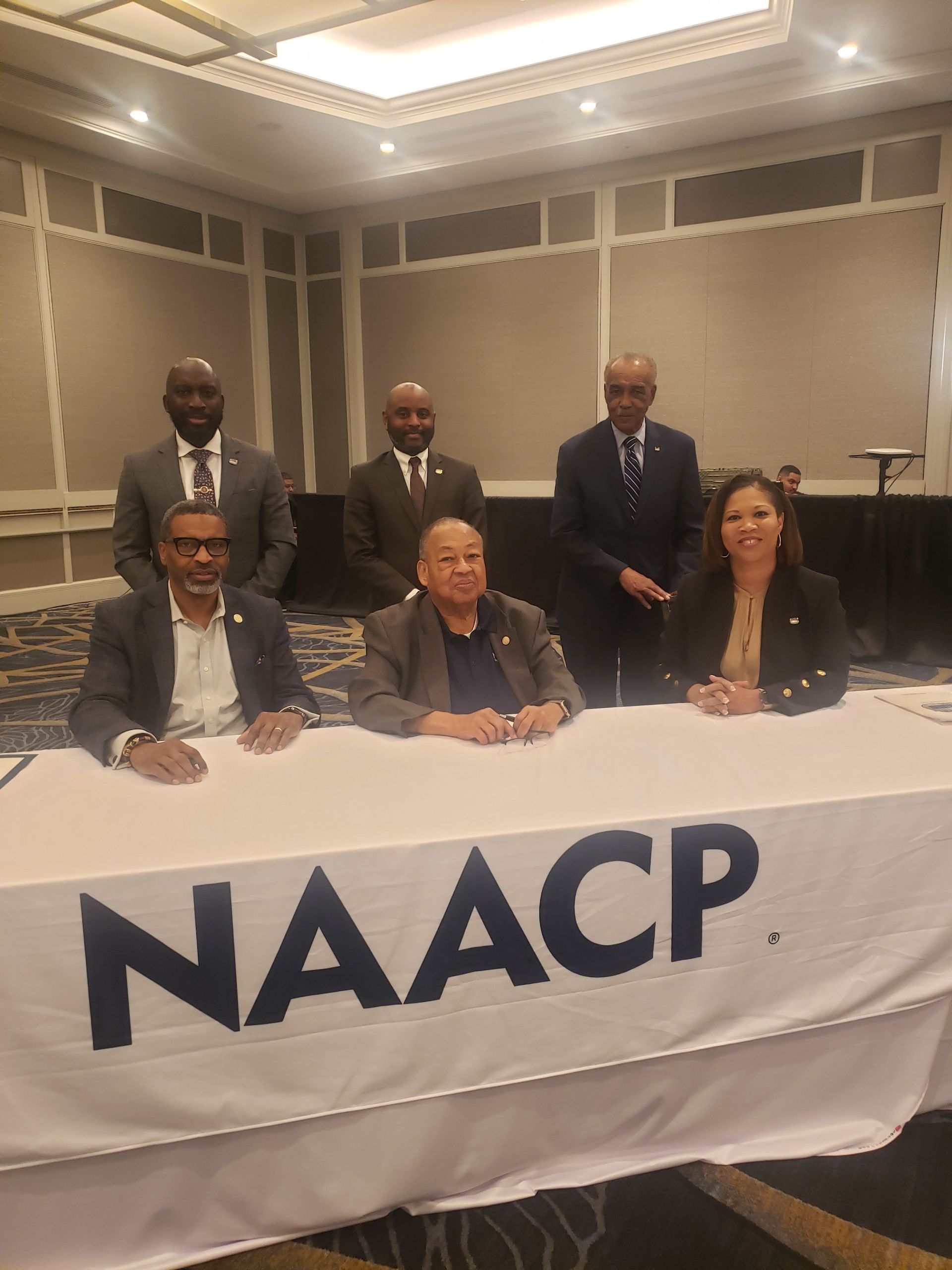Where a Little Mortgage Goes a Long Way
Affordable homes can be hard to buy because lenders don’t make much money on small loans. But programs to encourage homeownership can help buyers build wealth.
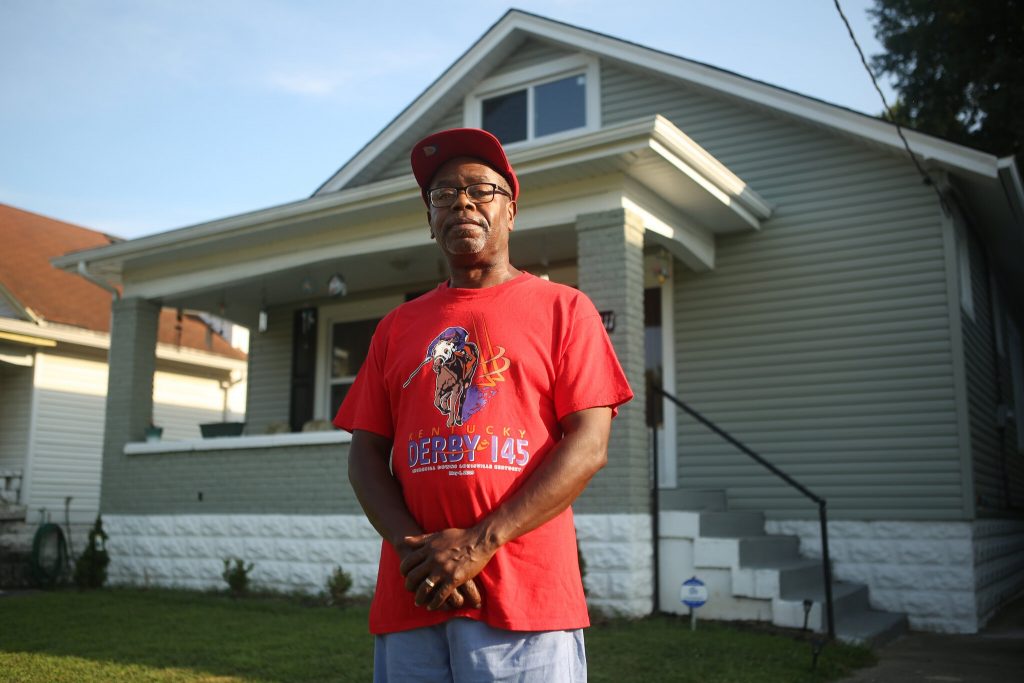
The Shawnee neighborhood in Louisville, Ky., is a paradox: The houses are affordable, but they can be difficult to buy. The prices are so low that most banks and lenders will not bother writing mortgages for them.
That was the problem facing Christopher T. Smith when he moved back to Shawnee, a historically Black neighborhood along the Ohio River, where his mother still lives in the house where he grew up.
He and his wife, Gloria, did not expect to buy in an area where houses are more often scooped up by speculators who can pay in cash. “We were just looking to rent,” said Mr. Smith, who works as a hospital housekeeper and a part-time gardener.
But then the broker who was showing them rentals mentioned that a local credit union had begun offering so-called small-dollar mortgages — loans of less than $100,000 that are not lucrative enough for most lenders to make.
The Smiths qualified and closed on their $86,000 home in October. “There’s nothing like owning your own home,” Mr. Smith said. “If I want to paint it, I can.”
Small-dollar mortgages open a path to homeownership for those who otherwise would be shut out, particularly Black and Hispanic borrowers. But they are not popular among lenders. Last year, mortgages for $100,000 or less accounted for just 10 percent of loans used to buy a single-family home or a condominium in the United States, according to Attom Data, a housing data company. That share is down from 17 percent in 2014.
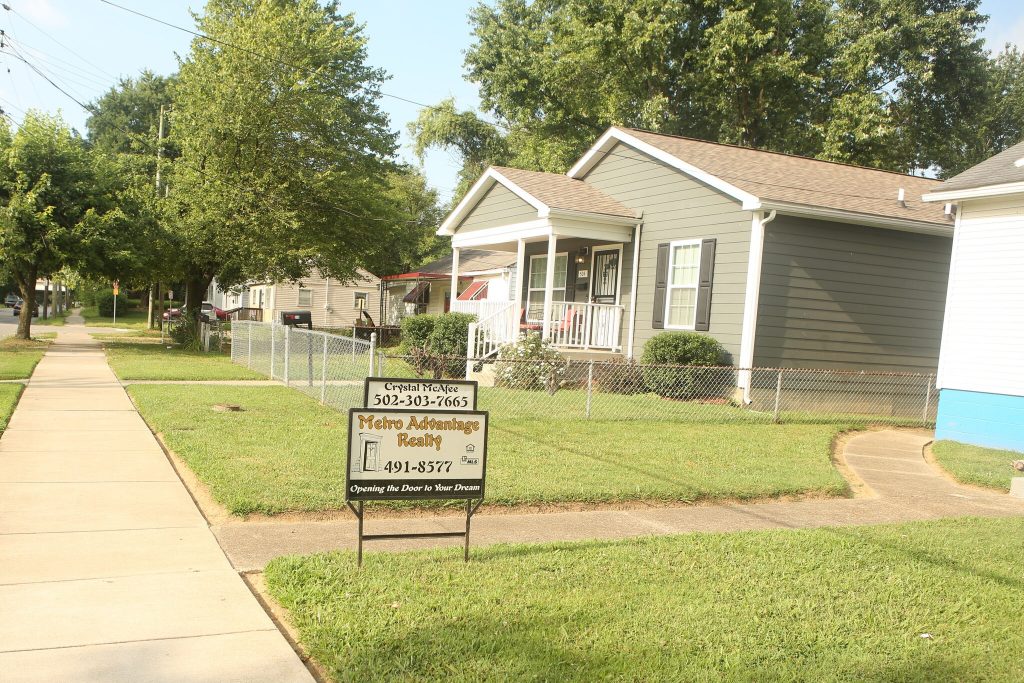
A new program in Louisville — the MicroMortgage Marketplace project, which officially started two weeks ago — is trying to help other potential buyers like the Smiths. Its goal is to become a demonstration project that can be replicated in other cities where modest homes are plentiful but the mortgages to buy them are in short supply.
Tamika Jackson, the real estate agent who helped the Smiths buy their home with a small-dollar mortgage, is already lining up potential customers for the new program, which is being coordinated by the Urban Institute, a Washington think tank.
“The banks don’t think it is worth their while to make these loans,” she said, adding that there are “a lot of people who are paying rent who’d like to be homeowners.”
Homeownership is a crucial part of a family’s ability to build wealth : A home is the largest asset for most American families, and the value it can gain over decades can be tapped during retirement or left to the next generation. But the share of Black households that own homes has only inched upward over the last 50 years, and the continuing homeownership gap is one of the main reasons the net worth of white households far exceeds that of Black families.
“We are trying to help people who have the hardest time getting access to homeownership,” said Alanna McCargo, vice president for housing finance policy at the Urban Institute. “There hasn’t been any kind of mandate from the federal government for banks to do small-dollar lending.”
Similar programs have been set up or explored elsewhere. In Detroit, where there were just under 1,700 mortgages in the entire city last year, about half were small-dollar mortgages, according to Attom Data. Some of the efforts to spur lending there have come from a variety of programs aimed at providing low-cost financing for first-time home buyers and even grants to fix up dilapidated homes.
And in November, federal bank regulators and the Federal Reserve Bank of Chicago sponsored a forum in South Bend, Ind., to explore ways to spur more small-dollar mortgage lending under the Community Reinvestment Act.
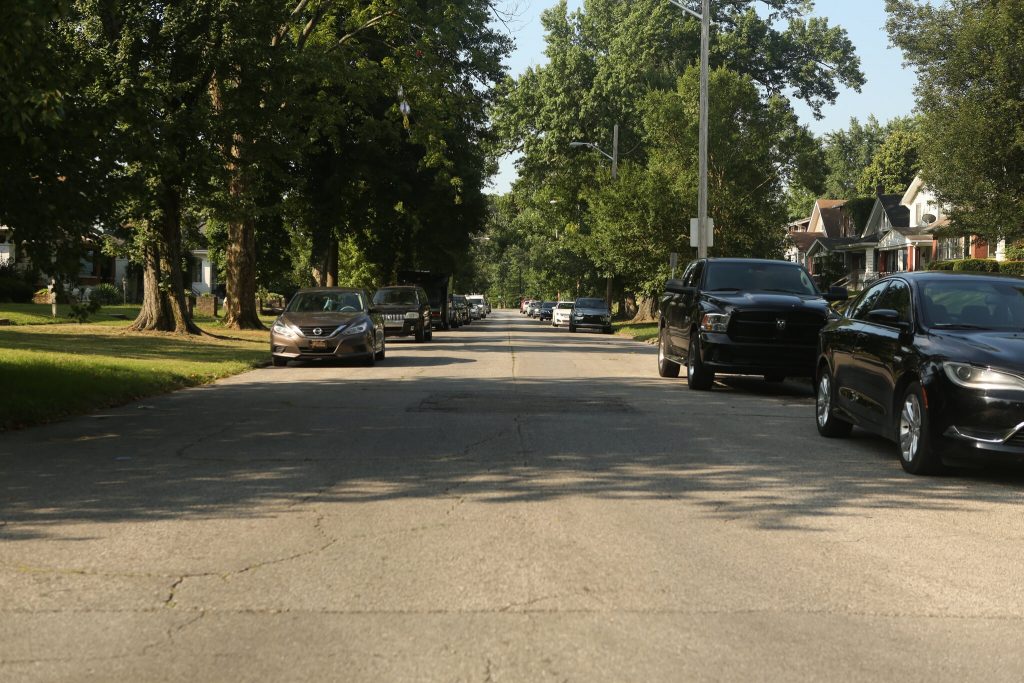
The MicroMortgage Marketplace program — still in its infancy, with just three applicants, none of whom have yet bought a home — has been in the works since last year. But it is taking place largely in a city where issues of racial equality have been front and center after the death of Breonna Taylor , a 26-year-old Black emergency room technician in Louisville who was shot and killed by the police in March. Ms. Taylor’s killing has been invoked by protesters around the country who have gathered to demonstrate against police brutality and demand broader social changes.
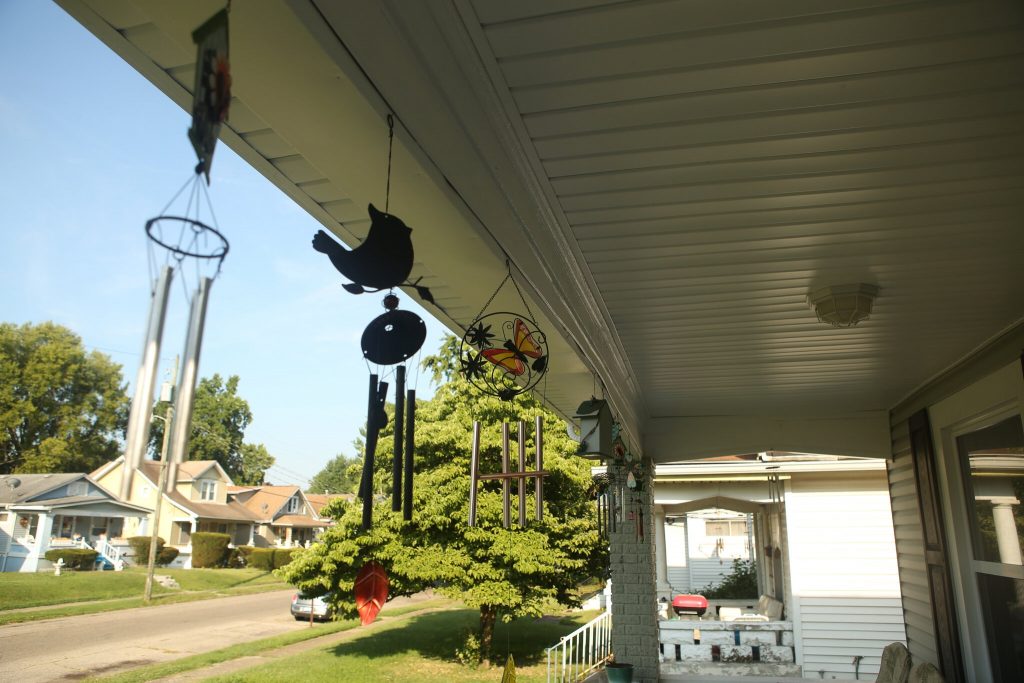
Ms. McCargo, of the Urban Institute, said she did not believe that banks were intentionally avoiding making mortgages to Black residents. But she said the communities hit hardest were “historically redlined communities” with high concentrations of Black or Hispanic borrowers.
Ms. McCargo was referring to the illegal and notorious practice in which banks drew lines around largely Black communities to denote places where they would not make mortgages. Today, banks may not make loans in poorer communities because small-dollar mortgages require the same research as larger mortgages.
“The bottom line is the economics often don’t pencil out,” said Steve O’Connor, a senior vice president with the Mortgage Bankers Association who focuses on affordable housing issues. “There are risks involved. There are compliance risk and market risk.” He added, the “fixed cost often exceeds the revenue on the loan.”
The result is a market dynamic that perpetuates renting and promotes risky behaviors by those desperate to buy.
When borrowers cannot buy, speculators — often flush with cash — can easily buy up modestly priced homes on the cheap and then rent them out. Mortgage deserts also give rise to predatory housing practices , in which would-be home buyers are lured into rent-to-own arrangements or contract-for-deed sales, where evictions are common.
In Louisville, a city of 625,000, the overall number of small-dollar loans last year was somewhat higher than the national average. Roughly 18 percent of the 9,800 mortgages made in the city were for $100,000 or less, according to Attom Data. Those mortgages tended to be made by local organizations. The Kentucky Housing Corporation, a state-sponsored provider of affordable housing, made the most small-dollar loans, with 224. The next-biggest lender was the Republic Bank & Trust Company, a Louisville-based bank, with 93.
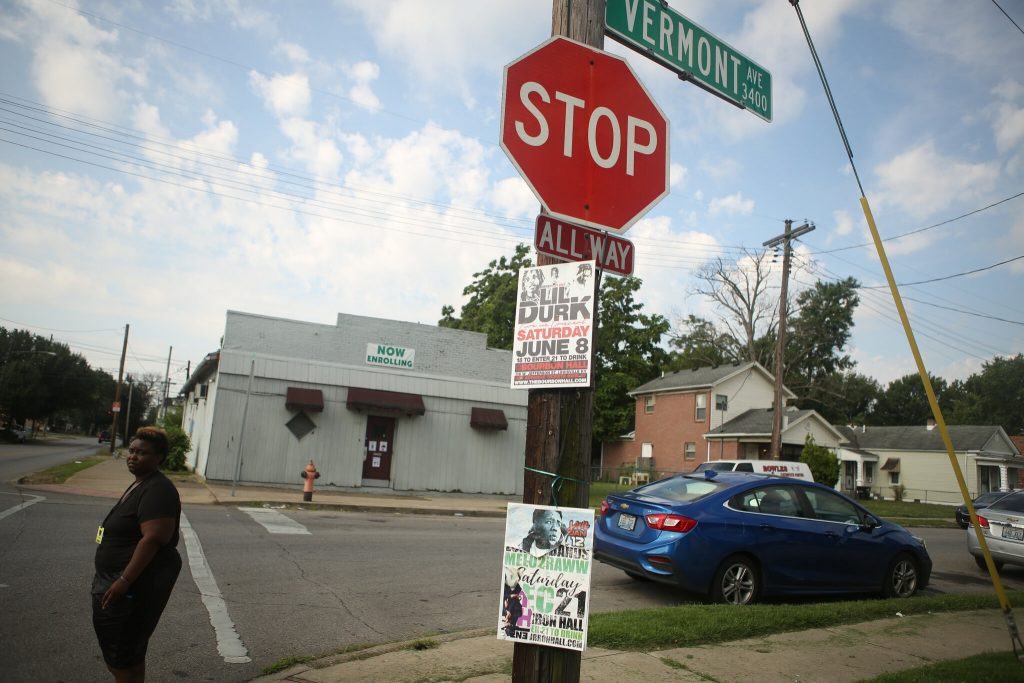
Park Community Credit Union, which made Mr. Smith’s mortgage, wrote 35; JPMorgan Chase — the nation’s biggest bank — made 29.
The pilot project — which the Urban Institute is coordinating with the Homeownership Council of America and Fahe, a regional community development financial institution — is being funded with a $300,000 grant from Access Ventures, an investment firm, and additional financial backing from Fahe. Organizers hope to finance as many as 50 mortgages in Louisville and communities on the other side of the Ohio River in southern Indiana.
The program will mainly serve first-time home buyers with credits scores as low as 640 — which most lenders consider a below-average rating. Buyers, who must be employed full time, can borrow up to $100,000 and can finance the entire purchase price if they want, without paying for mortgage insurance.
That flexibility comes at a price: The loans carry a 4.5 percent interest rate. The average rate on a conventional 30-year fixed mortgage is about 3 percent.
Fahe, a nonprofit organization that focuses on providing mortgages to residents of the Appalachian region, aspires to build the pilot project into something bigger. The organization, which is a licensed lender in 16 states, hopes the demonstration project will attract financial support and backing from more traditional banks
“Profit is important to us, too, but mission is more important,” said Laura Meadows, Fahe’s executive vice president for lending. “Scalability is something we are going to look at.”
Antoinette Hines, 44, who works as a counselor for troubled teens, is one of the first to apply for a mortgage under the pilot project. Ms. Hines, who was married in July, is looking to buy the $75,000 home she has rented for the last six years. If the deal goes through, she said, the monthly payment on her mortgage would be several hundred dollars less than she pays in rent.
Before Ms. Jackson told her about the new loan program, Ms. Hines said, she sought out a bank for mortgage. “They said they won’t make a loan for that small of an amount,” Ms. Hines said.
One challenge the project faces is finding brokers like Ms. Jackson who are willing to work with buyers looking for modest homes. Like lenders, brokers who work on commission have an incentive to seek more lucrative sales.
But Ms. Jackson, who owns her firm, said the intangible rewards made it worth the effort.
“I get fulfillment out of it,” she said.
CREDITS: Matthew Goldstein / NY Times
The post Where a Little Mortgage Goes a Long Way appeared first on National Association of Real Estate Brokers.

